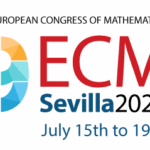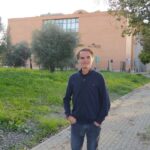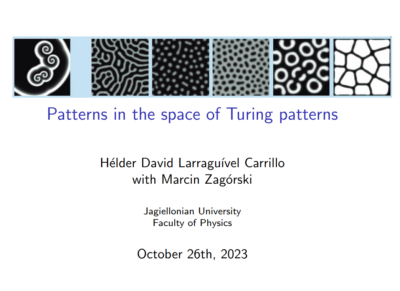The ALIS team had the pleasure and honor of organizing a mini-symposium at the European Conference in Mathematics (ECM), held in Seville in July 2024.
The event, entitled “New Mathematical Approaches in Developmental Biology” took place on July 18th at the School of Engineering of the University of Seville and on July 19th at the Escuela de Estudios Hispano-Americanos in the old town of Seville. It brought together an inspiring group of scientists using mathematical and physical principles to explore how living systems organize, adapt, and evolve.
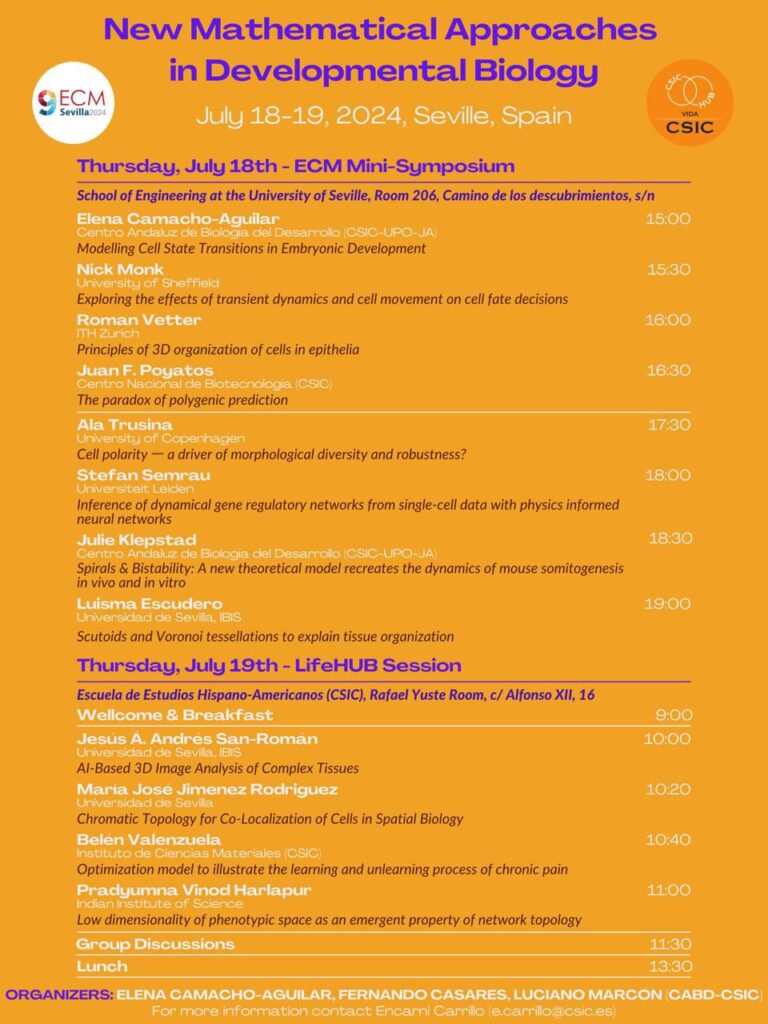
Day 1
The session of the mini-symposium of the ECM opened with our Elena Camacho-Aguilar (CABD–CSIC–UPO–JA), who presented her work on modelling cell state transitions in embryonic development, showing how catastrophe theory to dynamical gene regulatory networks can be used to study cell fate decision during development.
Nick Monk (University of Sheffield) followed the morning with a different take on the same topic, discussing on how transient dynamics and cell movement can shape the landscape of developmental decisions. Next, Roman Vetter (ETH Zürich) introduced computational models of 3D cell organization in epithelia, uncovering the physical principles behind tissue geometry. Again showing how tissue structure can influence the development and fate of cells..
The next talk was from Juan F. Poyatos (CNB–CSIC) who invited us to rethink genetic prediction through the paradox of polygenic traits, highlighting the tension between complexity and predictability in biological systems. I am sure the audience won’t forget Bob and Alice, presented by Juan as the prototypical retired couple that is promised personalized medicine based on the marketing “lie” that phenotype is easily predictable from individual genome sequences.
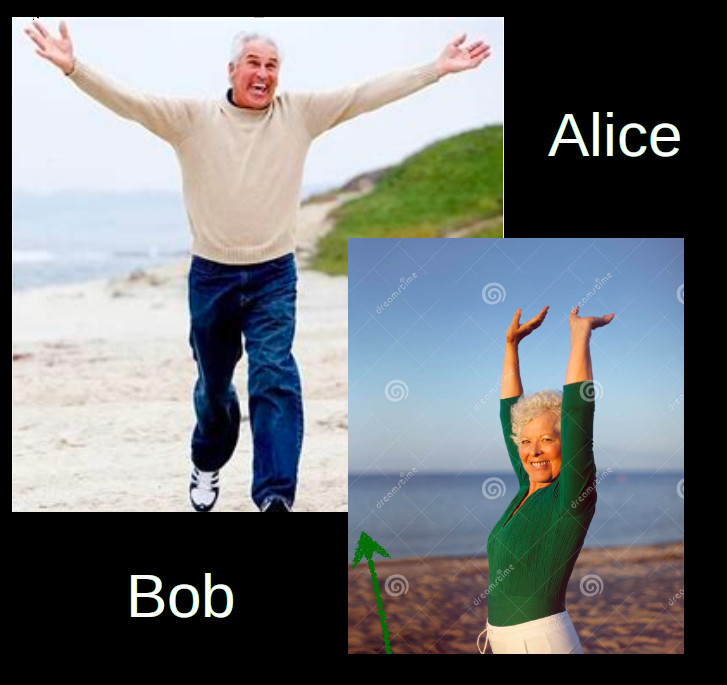
After a short break, Ala Trusina (University of Copenhagen) showed how cell polarity is a key driver of morphological diversity and robustness. She presented a minimal agent based model showing how local coordination between cell polarities can lead to robust multi-cellular self-organization.
Stefan Semrau (Leiden University) then showed what are the challenges to build data-driven theoretical models that aim to infer regulatory network dynamics from single-cell data. A fascinating talk, where Stefan openly discussed the limits of this kind of models. A bit of fresh hair in a hyped field.
Finally, Julie Klepstad (CABD–CSIC–UPO–JA) presented a new theoretical model of spirals and bistability that reproduces mouse somitogenesis dynamics in vivo and in vitro, while Luisma Escudero (University of Seville, IBiS) closed the day with a visually captivating presentation on scutoids and Voronoi tessellations as geometrical solutions to tissue organization.
Day 2
The following day, July 19th, we continued with an additional Session, generously supported by LifeHub CSIC expanding the conversation toward artificial intelligence, complex networks, and systems-level modeling of life.
Jesús A. Andrés San-Román (IBiS, University of Seville) opened with AI-based 3D image analysis of complex tissues, expanding the observations presented by Luisma Escudero the day before, presenting Cartocell, a new open source software developed in Seville to automate the segmentation and analysis of multicellular samples.
The morning was followed by María José Jiménez Rodríguez (University of Seville), who presented a beautiful introduction to topology data analysis as framework to study spatial organization in multicellular systems.
Then the morning, had a change of vibe, with Belén Valenzuela (CSIC) explored how optimization models can describe learning and unlearning processes underlying chronic pain. While the topic was a bit different, it was fascinating to see the holistic perspective of Belen in this context. An inspiring anti-reductionist approach to pain, and its perception.
Finally, the morning was concluded by Prajyumna Vinod Harlapur (Indian Institute of Science) with a theoretical perspective on low-dimensional phenotypic space emerging from network topology. This was great talk that discussed some challenges that we face every time we try model biology: choosing the right level of abstraction, identifying modularity and overall trying to fit dynamics of the system. A beautiful way to finish the symposium.
Take home message
Both days were marked by stimulating discussions, illustrating how mathematics and biology can enrich each other when boundaries are crossed.
As organizers, Fernando Casares, Luciano Marcon, and Elena Camacho-Aguilar wish to express their sincere gratitude to all speakers and participants. The event reflected the spirit of our ALIS Project, whose mission is to understand how life builds and sustains itself through the interplay of organization and adaptability.
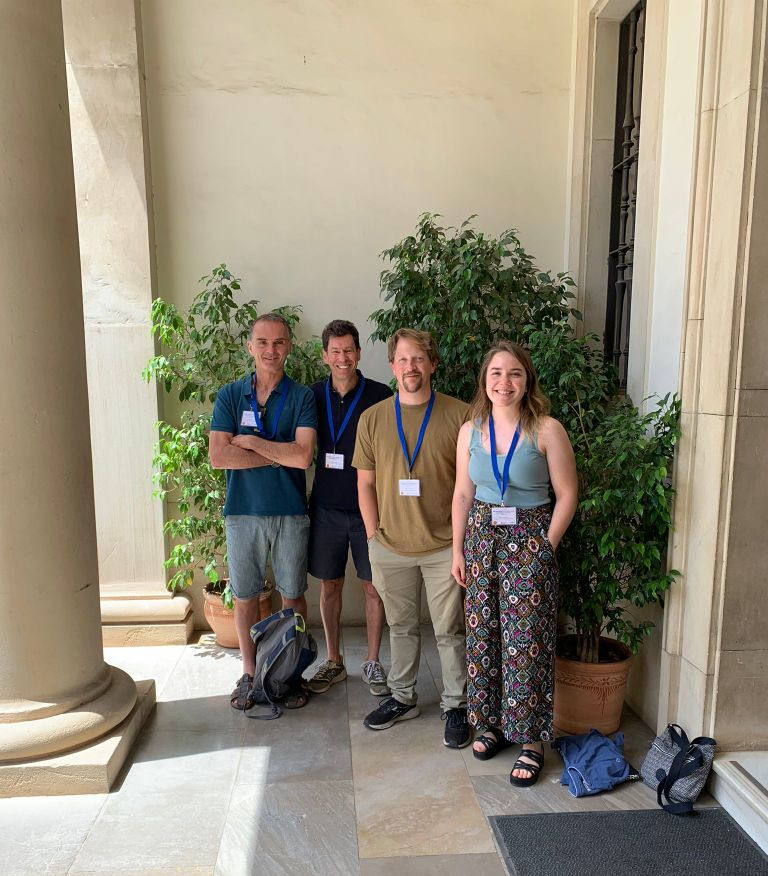
The ALiS team at the Escuela de Estudios Hispano-Americanos


